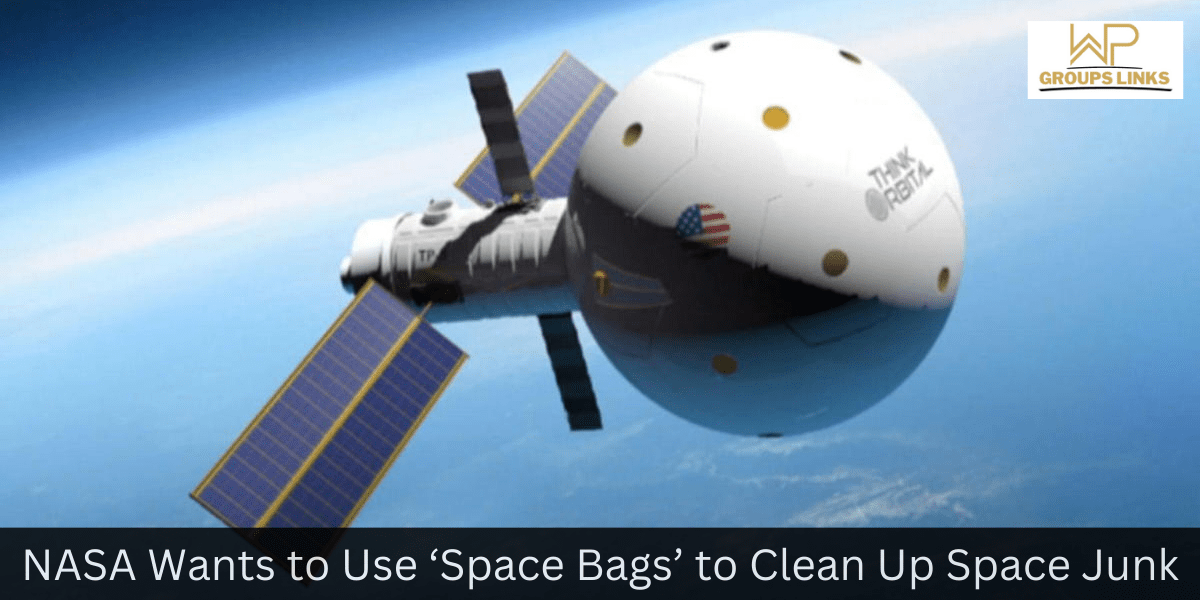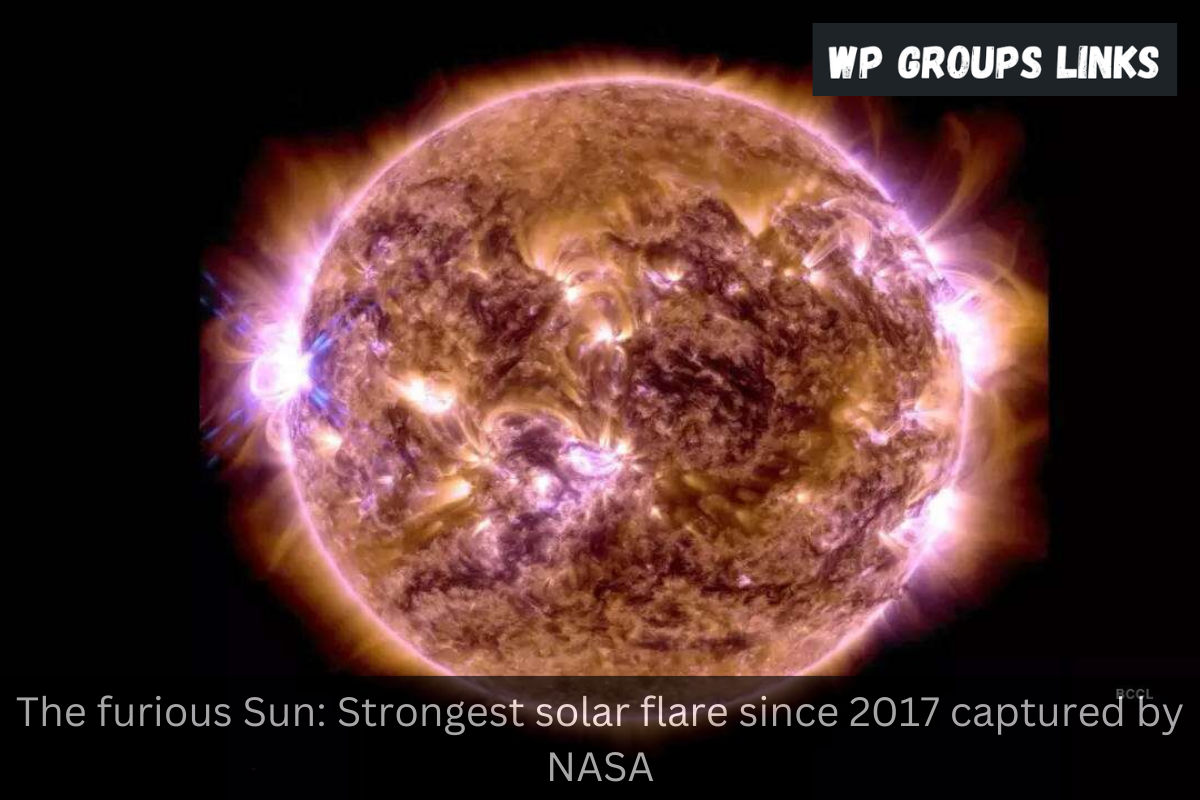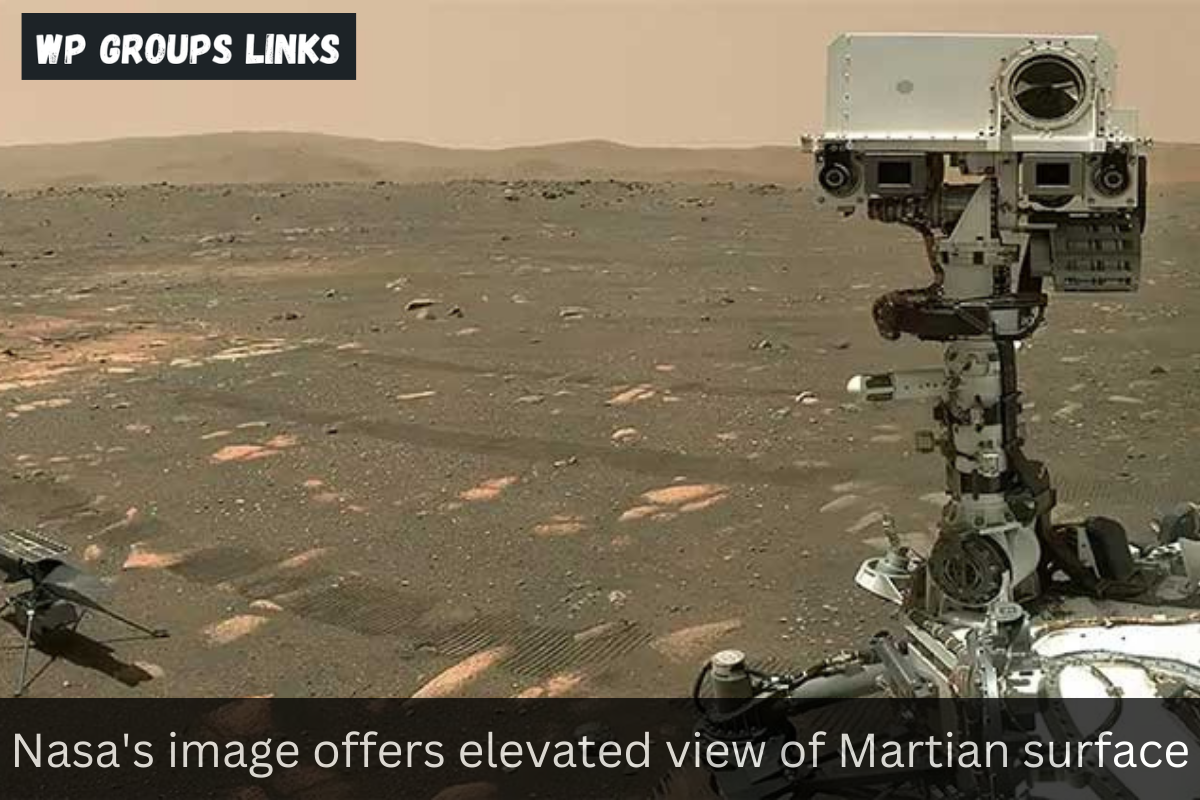Space Bags
In recent years, the issue of space debris, often referred to as “space junk,” has become a growing concern for space agencies around the world. With an increasing number of defunct satellites, spent rocket stages, and other remnants of human space exploration cluttering Earth’s orbital space, finding effective solutions to clean up this mess has become a top priority. NASA, the United States’ premier space agency, has been actively exploring innovative ways to address this challenge. One intriguing concept that has gained attention is the use of ‘Space Bags’ to tackle the problem of space junk. In this article, we’ll delve into the fascinating world of space debris, NASA’s novel approach to dealing with it, and the potential implications of this technology for the future of space exploration.
Space has long been humanity’s final frontier, but with great exploration comes great responsibility. As our presence in space has grown, so too has the problem of space debris. To safeguard the future of space exploration and satellite communication, innovative solutions are imperative. NASA, always at the forefront of space technology, is now exploring the concept of ‘Space Bags’ as a potential game-changer in the quest to clean up space junk.
Understanding Space Junk
Before delving into the ‘Space Bags’ concept, let’s understand what space junk is. Space junk refers to defunct satellites, discarded rocket stages, fragments from past collisions, and other man-made objects that orbit the Earth.
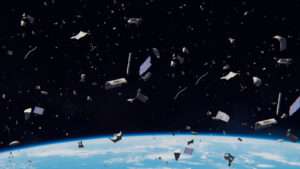
These objects range in size from tiny paint flecks to large, non-functioning satellites, and they pose a significant threat to operational spacecraft and future missions.
The Growing Threat
The proliferation of space debris is a growing concern. With thousands of objects circling the Earth at tremendous speeds, even the tiniest fragment can cause catastrophic damage if it collides with an active satellite or spacecraft. This poses risks not only to astronauts but also to vital communication and navigation satellites that society relies on for various purposes.
Current Space Debris Mitigation Efforts
Efforts to mitigate space debris have included measures like maneuvering active satellites to avoid collisions and safely deorbiting defunct satellites when possible. However, these methods are often insufficient in dealing with the sheer volume of space junk. This is where the innovative concept of ‘Space Bags’ comes into play.
The Concept of ‘Space Bags’
Imagine large, flexible bags in space that can capture and contain debris, effectively turning them into “space garbage bags.” This is the core idea behind NASA’s ‘Space Bags’ concept. These bags would be deployed strategically in areas with high concentrations of space debris.
How ‘Space Bags’ Work
The ‘Space Bags’ would use a combination of magnetic fields and net-like structures to capture and secure space junk. Once filled, they would be maneuvered to burn up harmlessly in Earth’s atmosphere or be directed to plunge into a designated area, such as the ocean.
Benefits of the ‘Space Bags’ Approach
The ‘Space Bags’ approach offers several advantages. Firstly, it’s a proactive solution that doesn’t rely solely on avoiding collisions. It can actively remove debris from orbit, making space safer for future missions. Secondly, it minimizes the risk of generating more fragments, which is a concern with other methods.
Challenges and Concerns
While the ‘Space Bags’ concept is promising, it’s not without its challenges. Maneuvering these bags in the complex and dynamic environment of space requires advanced technology and precision. There are also concerns about the potential impact on other satellites and space operations.
NASA’s Research and Development
NASA is actively researching and developing the ‘Space Bags’ technology. Several test missions have been planned to assess the feasibility and effectiveness of this approach.
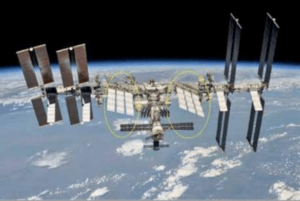
These missions will be crucial in refining the technology and addressing any unforeseen challenges.
International Collaboration
The issue of space debris is a global concern, and international collaboration is essential. NASA is working with other space agencies and organizations to ensure a coordinated effort in cleaning up space junk. This collaboration reflects the shared responsibility of all spacefaring nations.
Space Debris Removal in Action
As the development of ‘Space Bags‘ progresses, we may soon witness space debris removal in action. This groundbreaking technology has the potential to make our skies safer and pave the way for more sustainable space exploration.
The Future of Space Cleanup
The successful implementation of ‘Space Bags’ could revolutionize how we approach space debris mitigation. It could open up new opportunities for safer and more ambitious missions, such as lunar and Martian exploration, without the constant threat of space junk.
Environmental Impacts
One important aspect to consider is the environmental impact of ‘Space Bags.’ Safely deorbiting captured debris is crucial to prevent any harm to the Earth’s environment, particularly when it comes to larger objects.
Economic Implications
Space debris, composed of defunct satellites, spent rocket stages, and other man-made objects orbiting Earth, presents a significant economic challenge for spacefaring nations and organizations. The economic implications of space debris are multifaceted and extend to various aspects of space activities and industries:
Satellite Protection Costs: Space agencies and satellite operators invest substantial resources in developing and implementing collision avoidance maneuvers to protect operational satellites from space debris. These maneuvers often require the adjustment of satellite orbits or the use of valuable fuel. By reducing the risk of collisions through the use of ‘Space Bags,’ operators could potentially reduce these costly maneuvers.
Satellite Replacement: Collisions with space debris can lead to the loss of expensive satellites. The financial impact of replacing these satellites is significant, including the costs associated with manufacturing, launching, and insuring new spacecraft. The successful removal of space debris with ‘Space Bags’ could contribute to a reduction in satellite replacement expenses.
Insurance Costs: Space debris risk factors into the insurance premiums for satellites and spacecraft. Reduced collision risk, thanks to ‘Space Bags,’ could result in lower insurance costs for satellite operators, leading to cost savings across the industry.
Launch Costs: The presence of space debris can restrict launch windows and require alterations in launch trajectories, increasing launch costs. With reduced space debris, launch operations could become more efficient and cost-effective.
Space Tourism and Commercial Ventures: As the space tourism industry and commercial space ventures continue to grow, the threat of space debris poses both safety concerns and potential financial setbacks. The ability to offer safer missions and expeditions with fewer collision risks could enhance the attractiveness of these ventures and lead to increased revenue.
International Cooperation: Economically, international collaboration is essential to address the space debris issue collectively. By working together on projects like ‘Space Bags,’ nations can pool resources and share costs, making space debris mitigation more financially sustainable.
Long-Term Economic Sustainability: Space debris poses a long-term threat to the sustainability of space activities. By investing in technologies like ‘Space Bags,’ the space industry can ensure its longevity and continued economic growth.
